From Spring Deadlines to Clickable Email Campaigns: Fundraising Tactics Inspired by E-Commerce
Spring has arrived – and with it, a fresh crop of e-commerce campaigns in our email inboxes. As nonprofit fundraisers, a new season of creative campaigns is always an opportunity to find inspiration and new strategies for driving response and connection with audiences.
The brands we keep coming back to are constantly innovating their creative appeals over digital – connecting us to their products and culture, placing us in a community with customers like us, and putting out irresistible content that gets us clicking and snatching up that urgent final sale.
So what can we learn from the latest graphics, promotions, and storytelling that we’re finding in our email inboxes that can inform our digital fundraising strategies? We’re sharing five trends we’re noticing in the world of e-commerce emails this spring – and what they’re telling us about the tactics that drive response over email.
Brands are Teasing Spring Looks with GIF Photo Cycles
Compelling photos at the top of the email, especially when paired with bold headlines, have been a proven approach for driving clicks in recent years. And lately, we’re seeing graphics that take that best practice even further by adding movement, with GIFs that cycle through several eye-catching photos to give their audience more opportunities to be drawn to that “Shop Now” button.

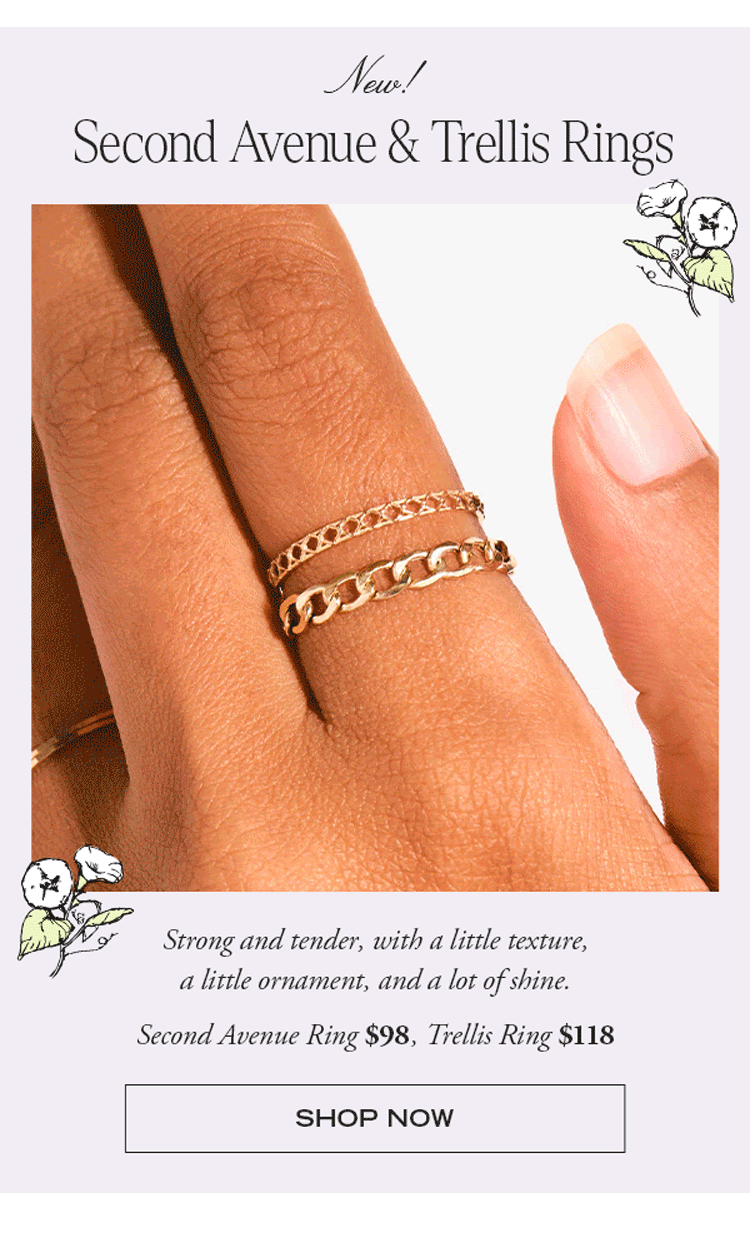
We’re also seeing more e-commerce graphics incorporate hand-drawn illustrations and accents to their photos, adding an extra layer of unique branding and authenticity to their visuals. Among our nonprofit partners, we saw this strategy at work in Giving Tuesday and year-end campaigns, driving some of the top-performing content for digital fundraising campaigns.
Springy Emojis are Brightening Inboxes and Enticing Clicks
If spring has a leg up on its fellow seasons, it’s got to be the way longer days and warmer weather bring new life and vibrant color back to our world. So what better way to maximize on those good vibes than in the subject line, the notorious gateway to coveted open rates, as email volume and competition for opens just continues to rise year after year?
We’re seeing that the emoji is alive and well in e-commerce subject lines – and that colorful spring emojis are brightening up inboxes to entice audience attention and drive opens.

We saw compelling subject lines play a critical role in the success of nonprofit email campaigns, from Giving Tuesday 2023 through end of year. Organizations leaned into personalization, deadline-driven urgency, and matches and multipliers to drive opens.
Sale Deadlines and Swag Offers are Still Driving Urgency
As consumers, we’re well aware of the influence that sale extensions, last chance appeals, and rewards in the form of points or swag can have on our chances of making it all the way to the checkout screen when we’re online shopping.
This tried-and-true tactic is still holding strong in e-commerce emails this spring, offering us discounts and free shipping – only today – and incentives to spend just a little more money with a brand. We’re seeing countdown clocks and urgent language at the top of emails and graphics from commercial campaigns because they are tactics that continually drive response.
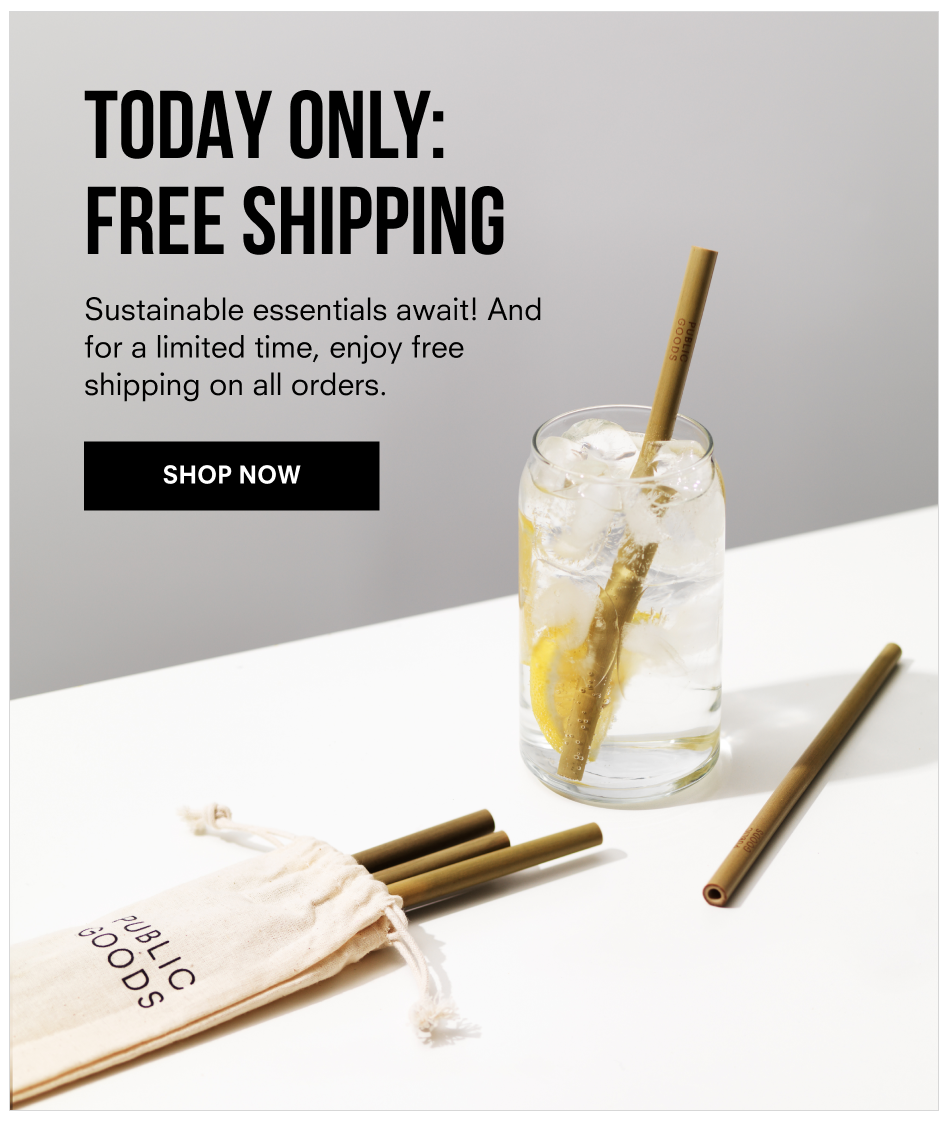
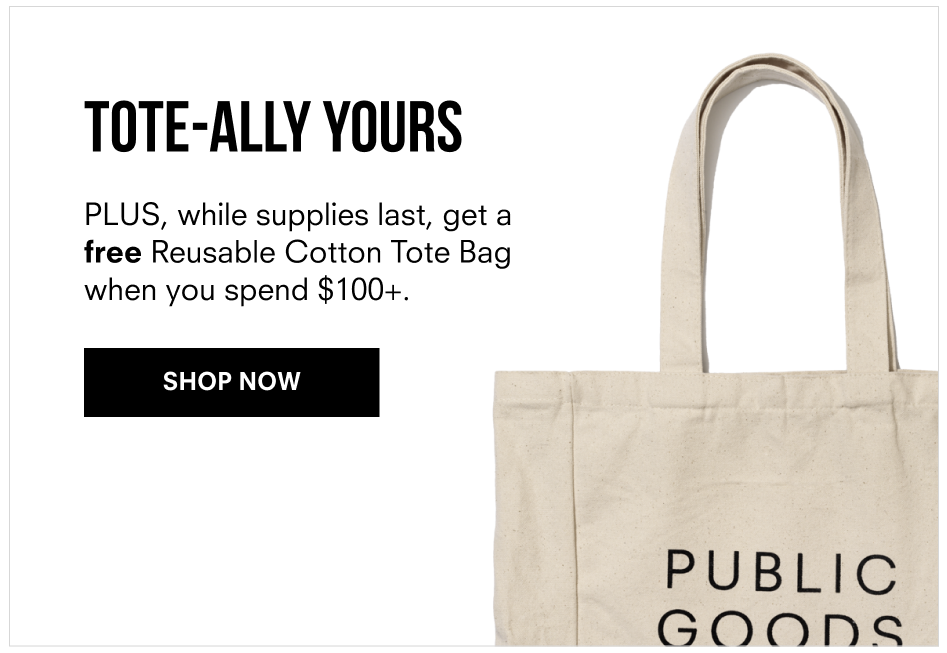

As digital fundraisers, consistency in results can be a great reminder that leaning into the tested, bread-and-butter tactics that we know are working with audiences can often be a solid strategy, especially in your biggest moments of the year – see what we mean in our case study on testing fundraising strategies with Friends of the Earth. But that doesn’t mean we should ever stop testing into new best practices and trying new things!
Personal Stories Are Connecting Audiences with Brands
Think about the products and brands that you keep coming back to over the span of years: What associations are behind your feelings of loyalty to their product? Often, it’s a sense of affinity and connectedness to an identity that a brand has worked to build.
This spring, our inboxes are also filled with emails from commercial brands that share personal stories from well-known voices or leadership within the business. From telling the story behind a recipe or a shared passion for the product they’re offering, emails signed by known personalities within a company go a long way to develop an audience’s connection with a brand.
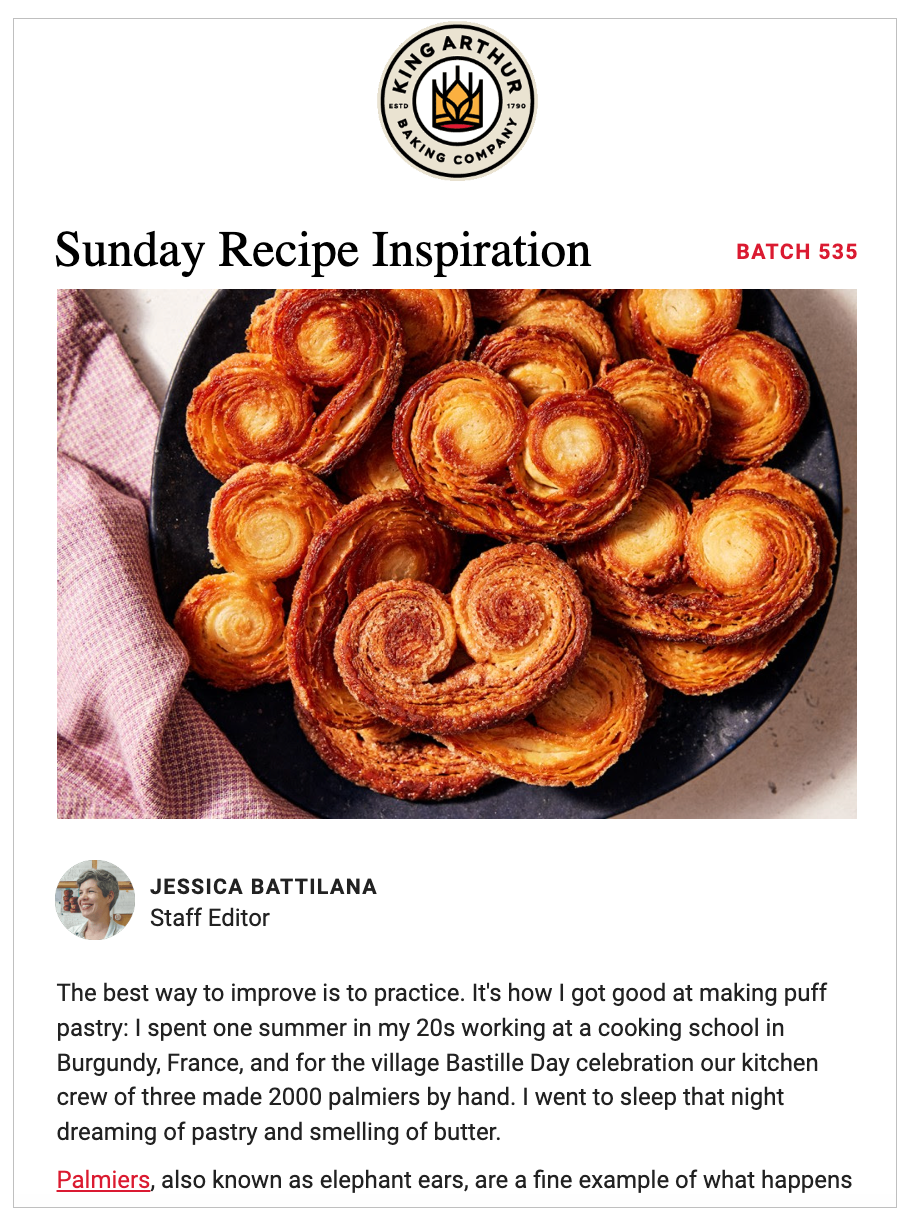
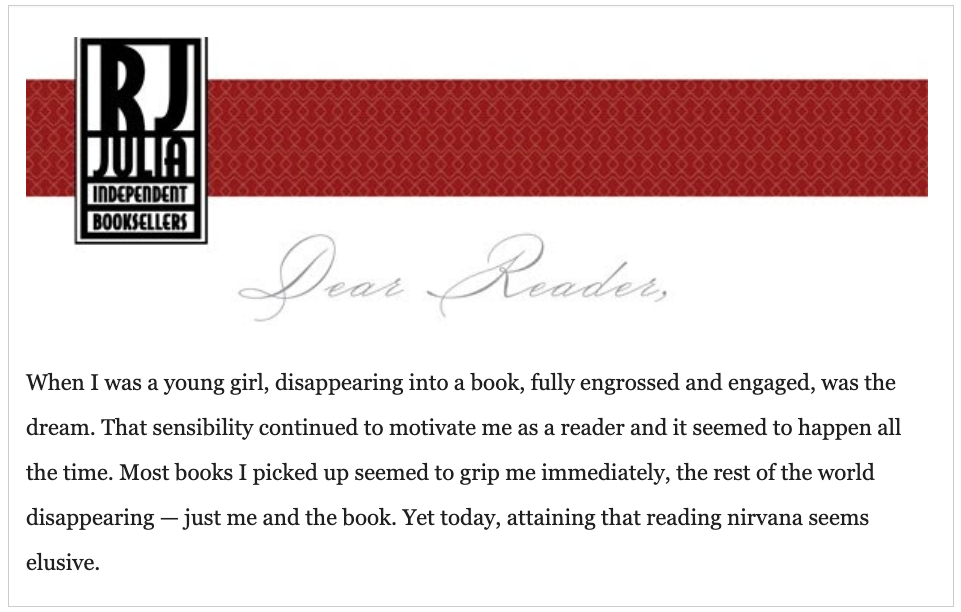
Celebrity signers, or the use of known voices within an organization, have driven top-performing campaigns for many of the nonprofits we partner with on major giving days like Giving Tuesday and the final days of the year – and we’ve seen a great deal of impact from organizations who’ve put effort into building name recognition among the leaders driving their mission-based work throughout the year, to increase the effectiveness of personal messaging during key moments.
Brands Are Reminding Customers: They’re Part of a Community
Connecting with a product is often about far more than the item that arrives at your door four to six business days after you place your order. The products we choose likely reflect our values, our daily habits – and there is a sense of shared community among those, like us, who make those products a part of their day-to-day lives.
E-commerce messages are leaning into that idea in email appeals this spring, between sharing testimonials from other customers and offering suggestions based on the products others viewed or purchased while shopping for the same item as you.

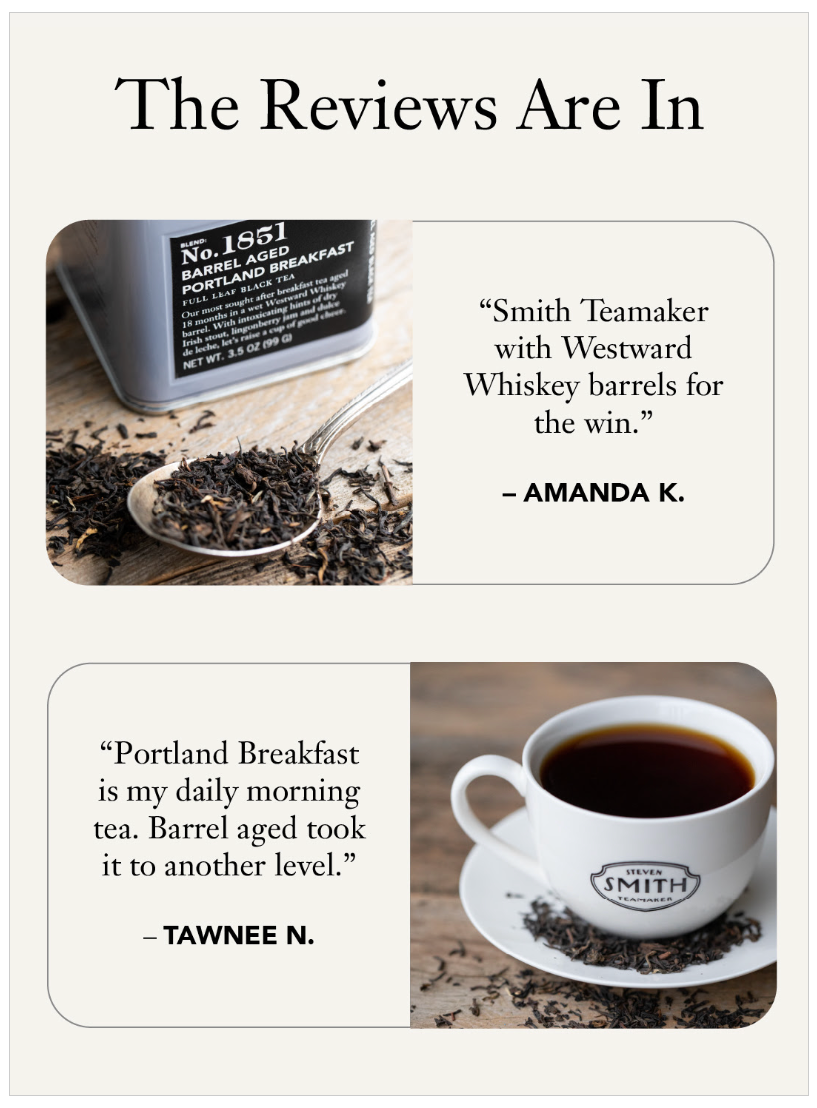
This sense of connectedness can be incredibly impactful for nonprofit communities, where the stakes are even higher – your donors coming together to support a cause they care deeply about, or a change they’re dedicated to helping bring about in the world.
We’ve seen our partners drive incredibly strong results by helping their supporters gain a sense of community through dedicated and impactful content streams for unique segments of their audiences, such as mid-level donors and sustainers. This kind of thoughtful segmentation and messaging helps remind donors of the impact the gift they’re making alongside a community of folks committed to supporting the same world-changing work.
![]()
Want to learn more about the creative strategies that are driving results for nonprofit organizations? Check out a recent head-to-head test we ran over email to help one organization break free from the dreaded fundraising plateau. You can also learn more about the latest strategies in design in our recent blog about using GIFs and movement in fundraising campaigns.